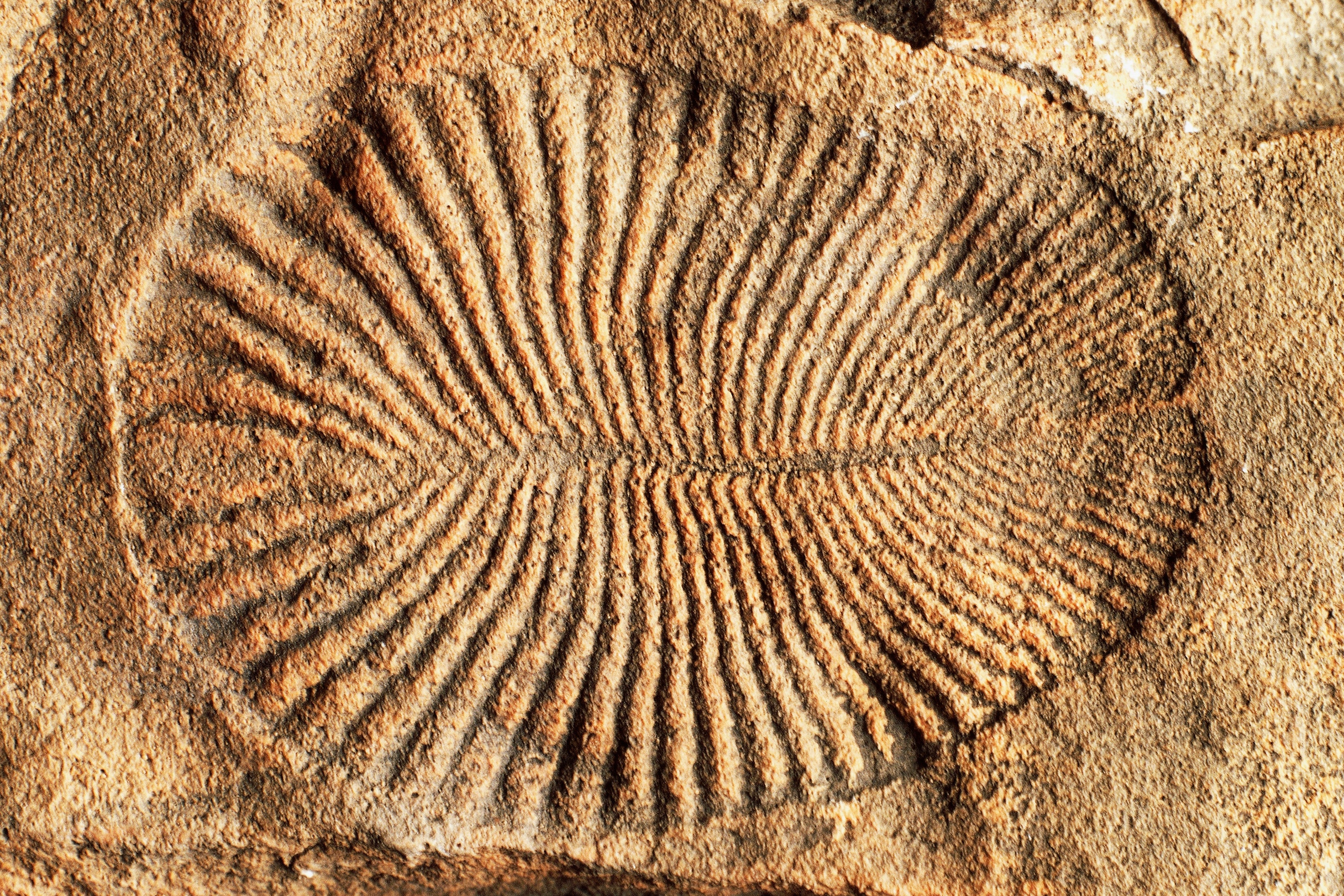The Ediacaran Nursery (Speculation)
The Darwinian concept of genes driving evolution has a serious flaw. How does an organism create new genes? Can new genes producing new functions happen randomly, yes it can. The problem with this form of evolution is that it is incredibly slow.
The Aliens who seeded Earth (in the Ediacaran age preceding the Cambrian) had the opposite problem. They could create microscopic multi-celled animals and plants with all of the genetic code necessary to become dinosaurs, mammals, or trees. I will refer to these physically simple organisms possessing vast genetic libraries as Uplift-coded. This name is derived from David Brin’s Uplift series of books from which I have stolen so much.
The uplift-coded potential can only be realized as specialized forms which can only exist within a preexisting specialized ecosystem.
No specialized ecosystem, no dinosaurs and mammals.
We now know of two different genetic systems present in our genetic libraries. One is the basic genetic system that is required for every day biological processes. The other is the epigenetic system which reacts to both the environment and evolutionary pressures.
How do you build an ecosystem? It is a mean cruel world out there both biologically and chemically even before any predators evolve. You don’t just dump your uplift-coded sea monkeys into the ocean and watch them disperse and die. You need a nursery and a dispersal system.
The apparent “lifeforms” of the Ediacaran age proceeding the Cambrian explosion were the nurseries for this new ecosystem.
Dickinsonia and the other “lifeforms” were nurseries. A way of keeping all of the alien’s primitive animals and plants together to form encapsulated ecosystems. These nurseries appear to have openings where the uplift-coded organisms could come and go from the nursery. These nurseries were a safe haven or reservoir during extinction events. An uplift-coded could leave the nursery adapt to the outside world and then have its slightly more adapted descendant return to the nursery. As the uplift-coded adapted to Earth’s oceans those changes could be safely enclosed and buffered from environmental catastrophes within the protection of the nursery.
The Ediacaran nurseries were a way of making sure that the uplift-coded would be firmly established before the nurseries were eventually exterminated as easy food sources by the uplift-coded. I would guess that Dickinsonia and the other nurseries were either photosynthetic or fed on Earth bacteria producing both food and a stable ecosystem until the uplift-coded had developed their own more elaborate food chain. They (Dickinsonia and others) appear to have fossilized pretty well so they appear to have been tougher than any ordinary jellyfish.
Dickinsonia and the nurseries were not uplift-coded. They would never develop defenses when their charges started eating everything in sight. Once their uplift-coded charges had developed a sustainable ecosystem the Ediacaran nurseries disappeared as they were designed to do.
The Ediacaran fossils were only temporary lifeforms designed as an insurance policy to make sure that the uplift-coded lifeforms were able to establish an ecosystem capable of sustaining more advanced forms.




